Student Loans Q&A with College and Career Center advisor Lianne Musser
October 23, 2014
Q: How do student loans work?
A: Six months after graduating or after leaving school, the average student pays 6.5% interest on loans.
Q: What type of student loans are there?
A: The first type are subsidized loans, in which the student qualifies based on financial need to have the government pay interest while the student is at college. The second type is unsubsidized loans, in which the student pays the interest. The student is able to borrow a certain amount of money each year while in college, ranging between $3,500-$7,500.
Q: Why are student loans becoming such an increasing problem?
A: The job market is not in a place where every graduate is getting a job immediately or six months out of college and many times college graduates do not make enough money right out of college to pay their students loans and other living expenses.
Q: What can students do to avoid having an excess of student loans?
A: Students can look to attend community colleges and in-state schools, attend schools that give them a lot of money, and go to a school that offers in-state tuition once residency is claimed after a year living in the state.
Q: What is the biggest misconception about student loans?
A: Students do not realize how much debt they will assume and they do not understand how much it will cost them each month to pay them back.
Q: What is your opinion on student loans?
A: I think small student loans are good because they help students to understand that they are contributing to their own education, but the loans can get out of hand and become very expensive.


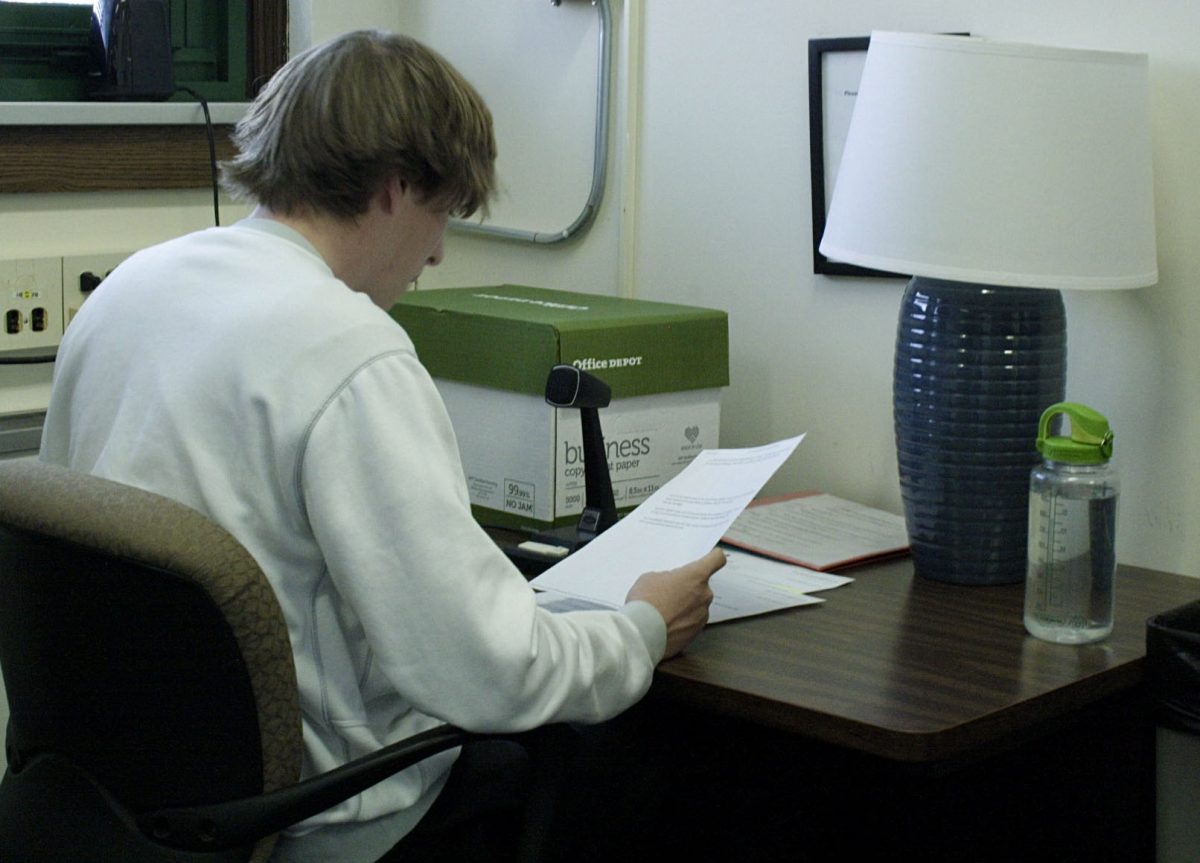
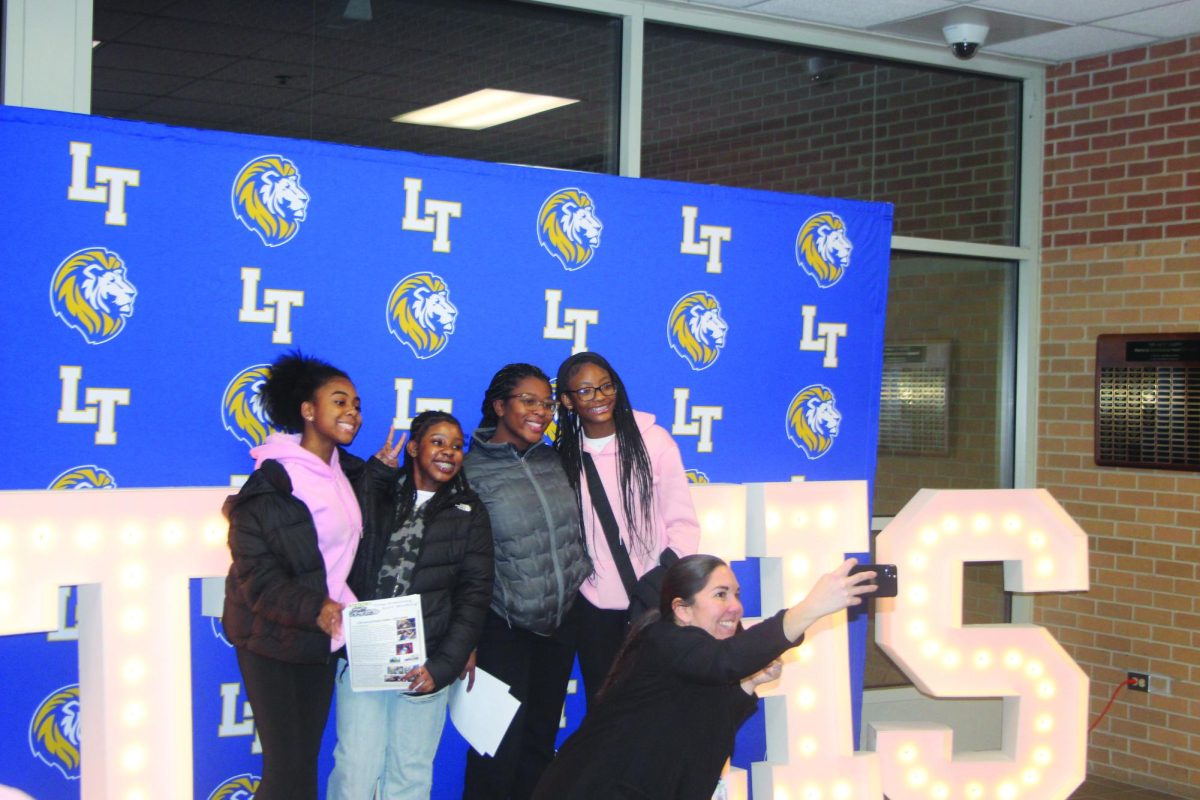


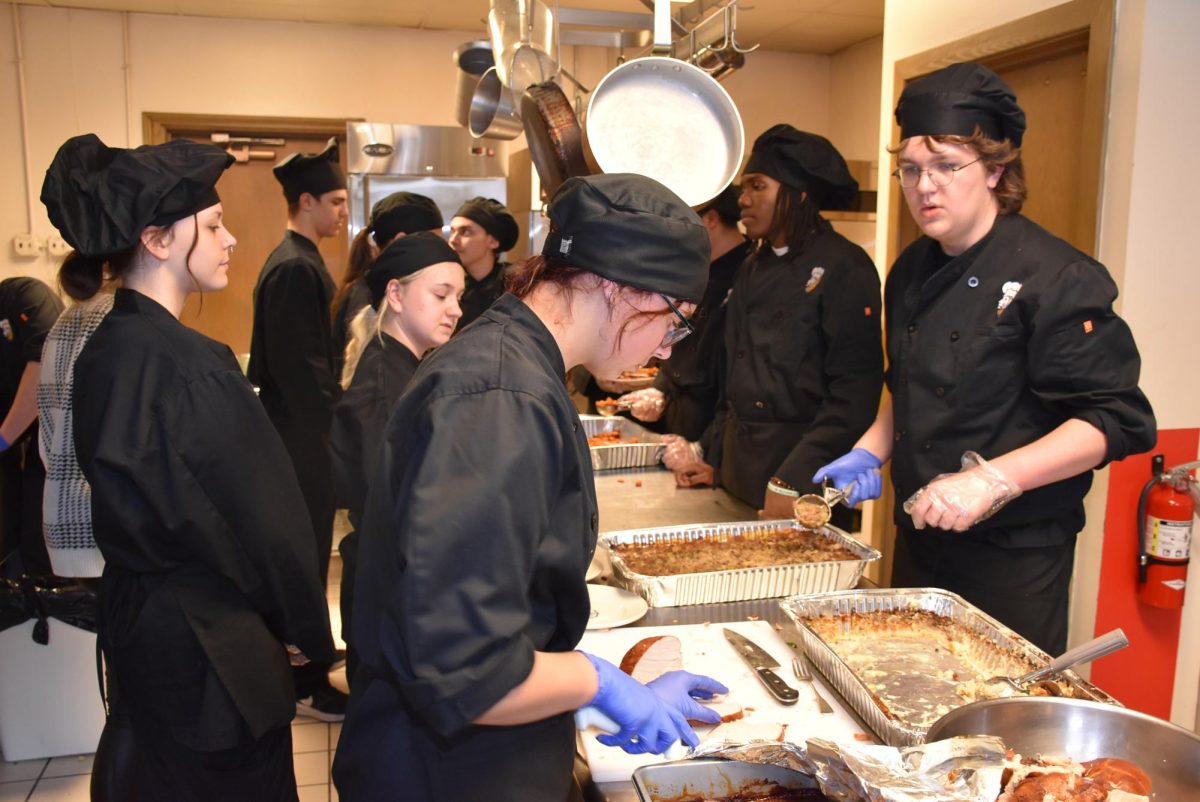

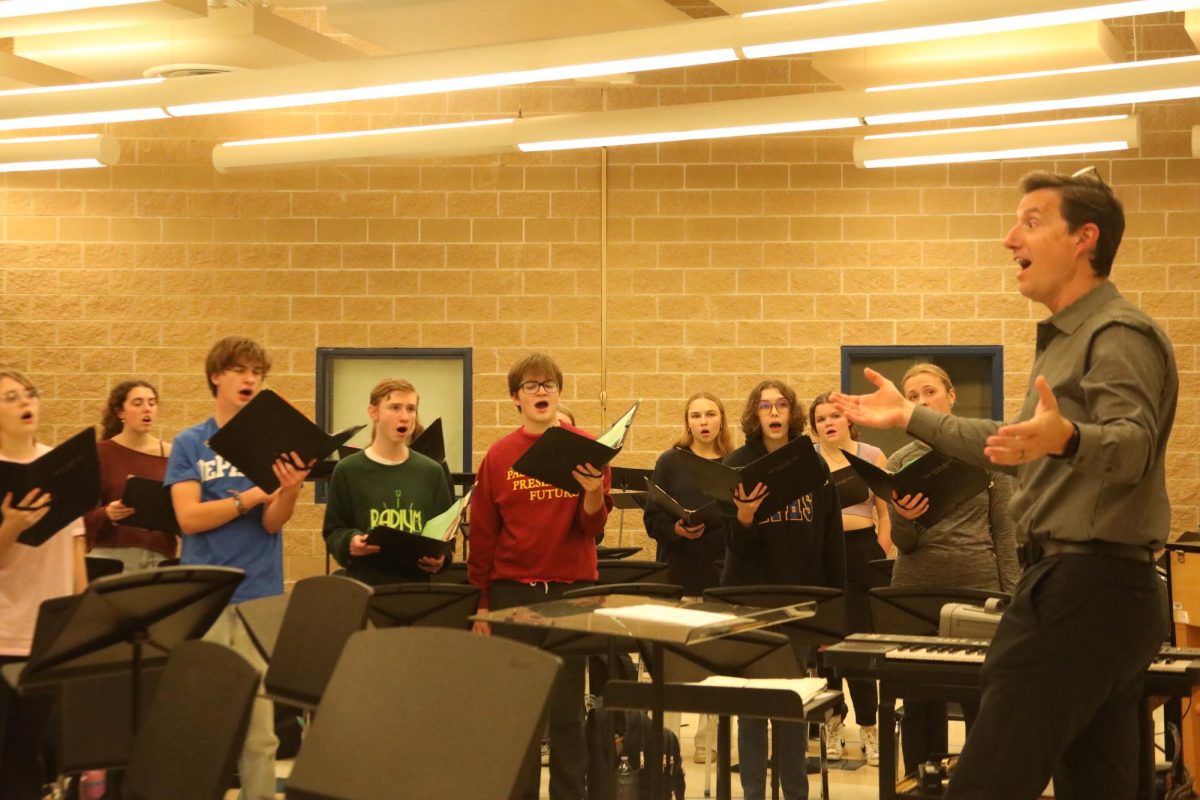

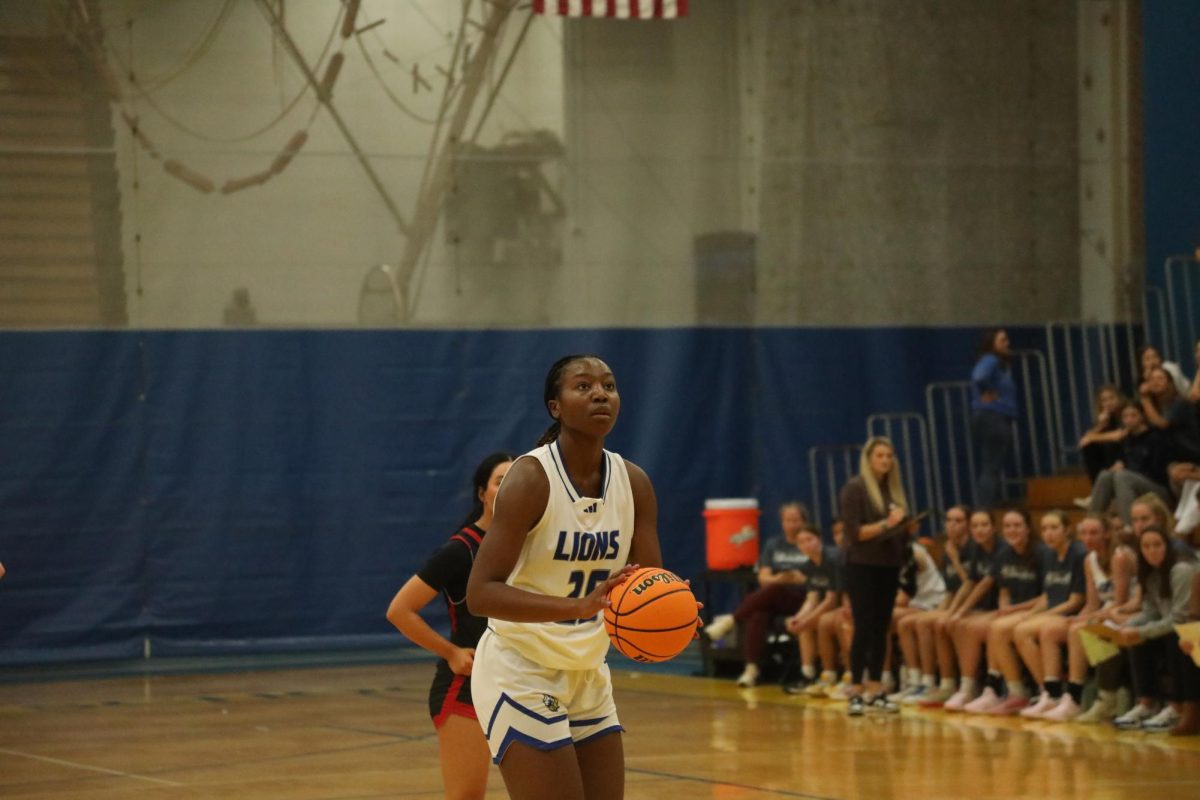

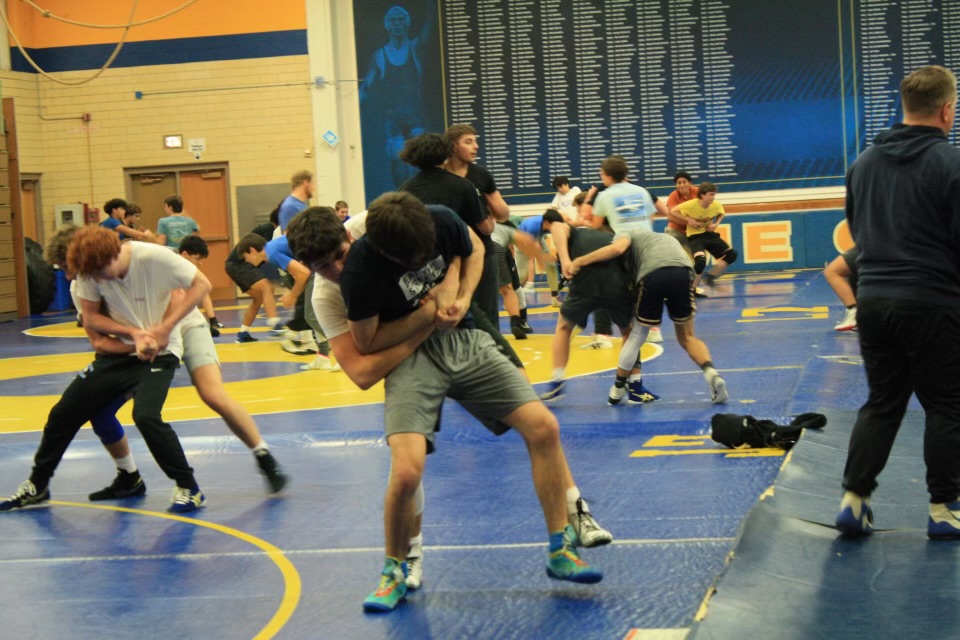
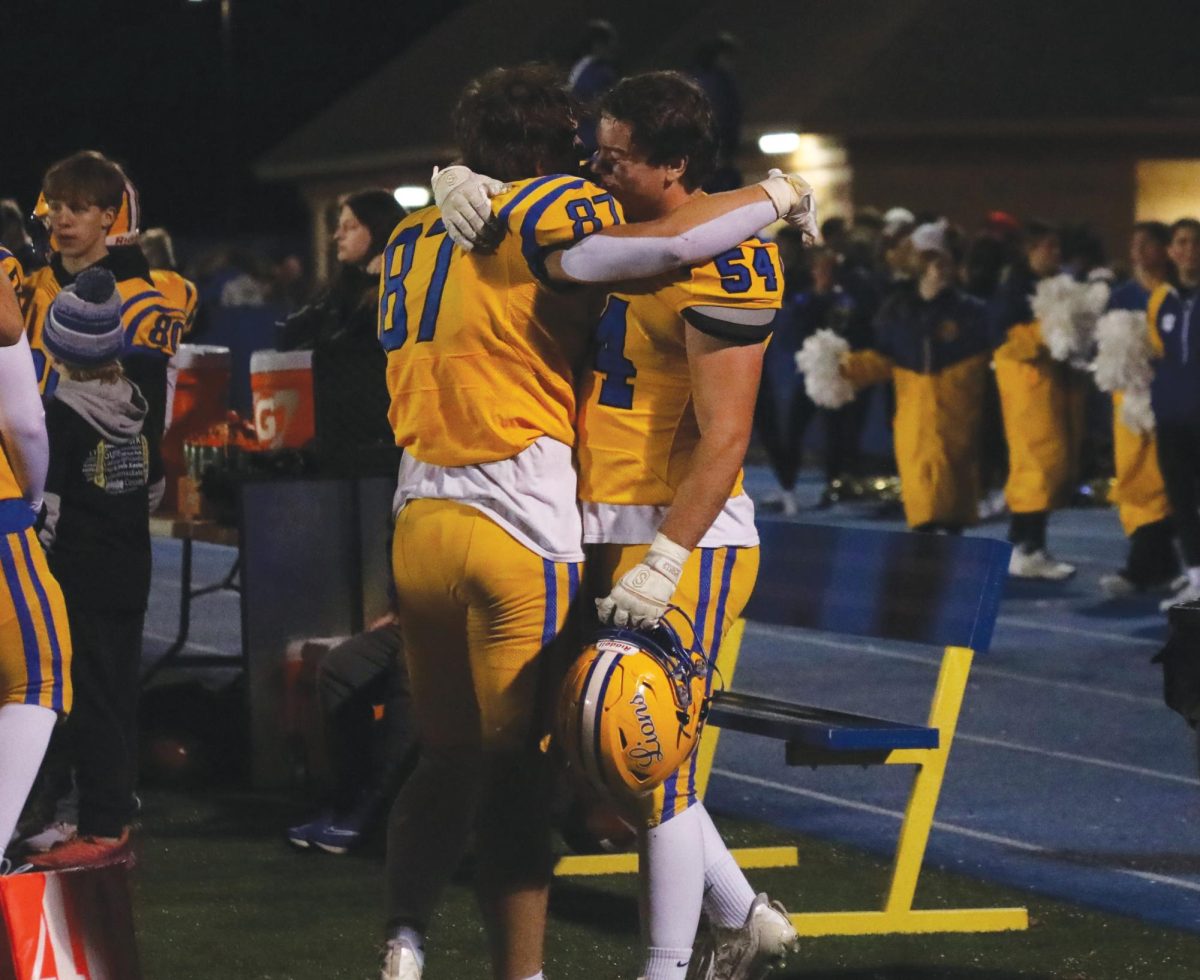









![Movie poster for '[Rec]" (2007).](https://www.lionnewspaper.com/wp-content/uploads/2023/04/rec-640x900.jpg)
